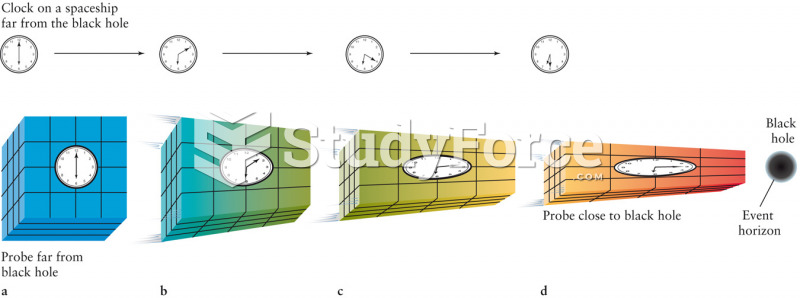This topic contains a solution. Click here to go to the answer
|
|
|
Did you know?
Street names for barbiturates include reds, red devils, yellow jackets, blue heavens, Christmas trees, and rainbows. They are commonly referred to as downers.
Did you know?
Nearly 31 million adults in America have a total cholesterol level that is more than 240 mg per dL.
Did you know?
The longest a person has survived after a heart transplant is 24 years.
Did you know?
There are 20 feet of blood vessels in each square inch of human skin.
Did you know?
This year, an estimated 1.4 million Americans will have a new or recurrent heart attack.







